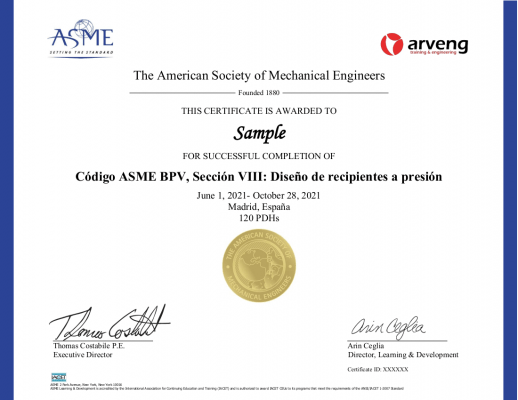IN THIS COURSE YOU WILL LEARN…
+ The terminology and key concepts for the piping stress analysis.
+ To examine the main stress analysis methods.
+ To express or identify the importance of constraints and boundary conditions in piping systems.
+ To determine the tensional status of piping systems under displacement loads





 WhatsApp
WhatsApp
There are no reviews yet.